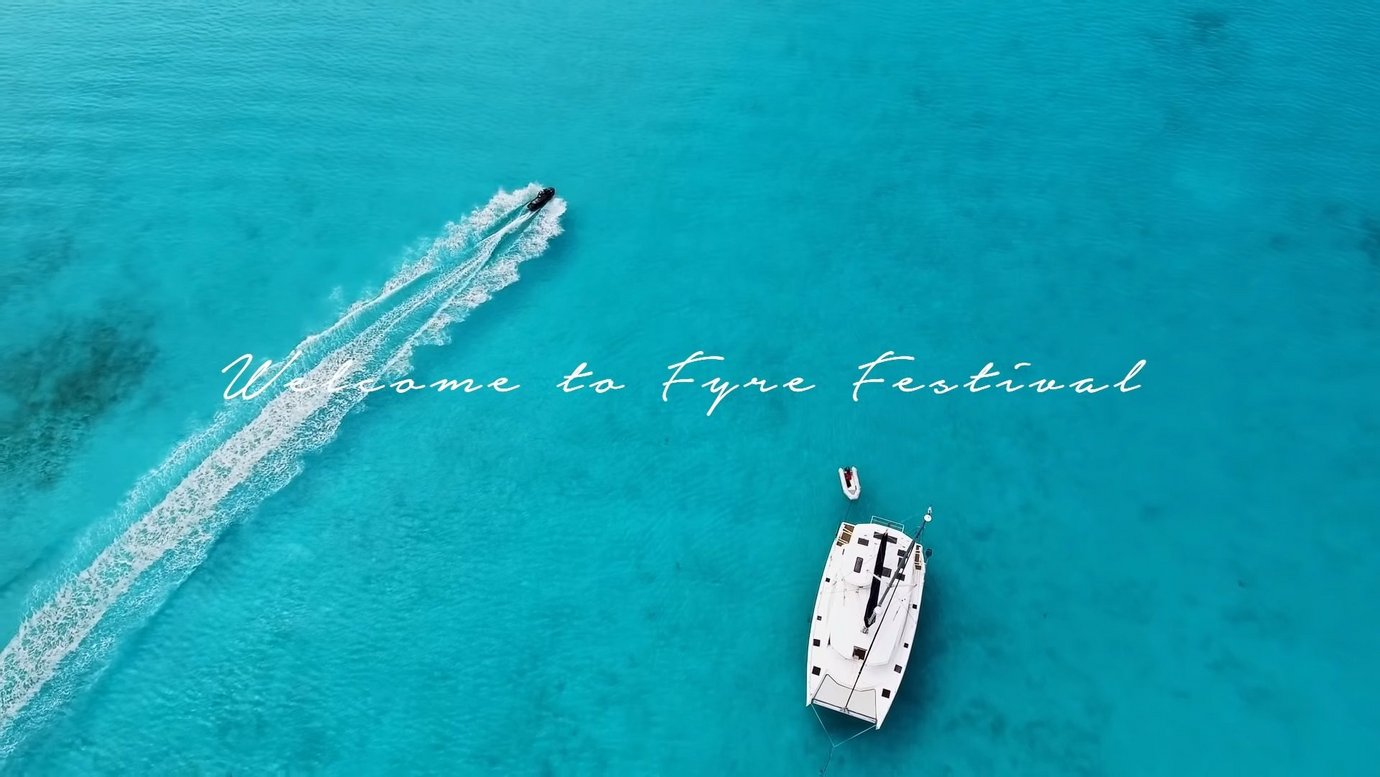
Nearly two years after being subjected to mass social media embarrassment, thanks to the recently released Netflix and Hulu documentaries, the team behind Fyre Festival is reliving what is being dubbed as one of the most disastrous event planning debacles of our time.
Festival attendees paid an upwards of $12,000 for an experience set to mimic a Coachella-like setting filled with a luxurious lifestyle quintessential of our favorite celebrities, all on the sweeping sands of a private island in the Bahamas. Upon arriving on the island to what was contradictory of what was promised to them, festival-goers were greeted at the airport and escorted to the main festival grounds by way of a school bus to disembark at an unfinished site filled with feeble tents where they were served cheese sandwiches on foam takeout trays.
It was clear festival attendees were beyond bamboozled into the promise of an event that really never began – even down to the initial planning.
As the documentaries reveal, Fyre Festival organizers partnered with influencers primarily including celebrity models to promote the event through social media which most would say was a success. They were able to generate some great buzz from the start, but reality soon shattered and revealed the ‘over-hyped’ event being canceled after the first day.
For brands everywhere, this unfortunate series of events should serve as a telltale sign and lessons to be learned.
Influencer Marketing Gone Wrong
One of Fyre Festival’s biggest indiscretions was their approach with influencer marketing. In fact, this was the team’s biggest investment made from the very beginning of the event planning process.
Fyre Festival organizers made a major slip-up promoting a video including elite influencers and celebrities from the likes of Drake and DJ Khaled, despite knowing they did not confirm attendance at the event. McFarland, the event’s founder, also spent $250,000 on a single Instagram post from Kendall Jenner and subsequently paid hundreds of thousands more on other influencers categorized as ‘lower-tiered’ – each who reportedly received no less than $20,000.
Many of these elite influencers who promoted the event across their social media channels failed to disclose they were paid to promote the event, a direct violation of the Federal Trade Commission guidelines. The result was a class-action lawsuit and gave the impression that the festival was filled with the social elite status and celebrities – which proved wrong.
This is a prime example that has been the story of influencer marketing since its advent: the potential inauthenticity of this channel and how celebrity influencers simply promote products and services because they were paid to do it.
A catastrophic approach to influencer marketing failure not only comes down to lack of a strategic mindset but also practicing the right and ethical way to conduct business – a core competency learned very early on when navigating the world of marketing.
Rather focusing on major influencers, the Fyre team could have garnered more success by partnering with micro-influencers or more relevant influencers like musicians or artists on the rise (that are in fact outlined within its pitch deck).
Without Transparency, There is No Trust
On the heels of Fyre’s influencer marketing campaign gone wrong, it’s an easy course that then reveals the lack of transparency within the event’s ongoing promotional initiatives.
After shooting what’s considered the festival’s promotion centerpiece on Norman’s Cay, previously owned by Pablo Escobar and the initial official site, plans immediately derailed upon the video’s publishing. In an effort to move away from the infamous drug lord’s image, the island’s new owner instructed Fyre’steam to not mention his name – which they failed to do. This resulted in Fyre being booted from the island and eventually shifting the site to the Great Exuma island – a misrepresentation of what guests were expected as revealed in the promotional video.
The Art of Manipulating Trust Among Employees
Of all of the blunders that revealed itself from the Fyre Fraud, nothing seemed more obscene than the misuse and manipulation of trust toward employees brought on by the organizers’ leaders.
At the hands of McFarland, the documentary recounts several stories from Fyre Festival employees detailing the importance for them to keep working hard to put on a great event – despite several indications the festival would not meet expectations set out in its exorbitant promotional video. From pushing professional boundaries one could ever imagine to internal inconspicuous emails alerting employers to stay away from divulging pertinent details from partners, the narrative that bad management can create an atmosphere where inappropriate behavior is accepted could not be more clear.
Even after the festival’s ultimate failure, there were talks of working on new projects where one employee recalls McFarland saying ‘we are a family’ and ‘it’s time to band together’ as a means revive what was clearly a toxic company culture. This, in fact, are all warning signs employees should be leery of – remaining cautious of employers calling work a family.
The unraveling of ‘the greatest party that never happened’ reminds brands and agencies alike that proper planning prevents poor performance and the art of deception will always rear its ugly head. The morals of marketing should never be compromised at the expense of any brand, customer, influencer, employee or notoriety. When planning a huge event or campaign, brands and agencies should think about Fyre’s unfortunate series of events – choose wisely.